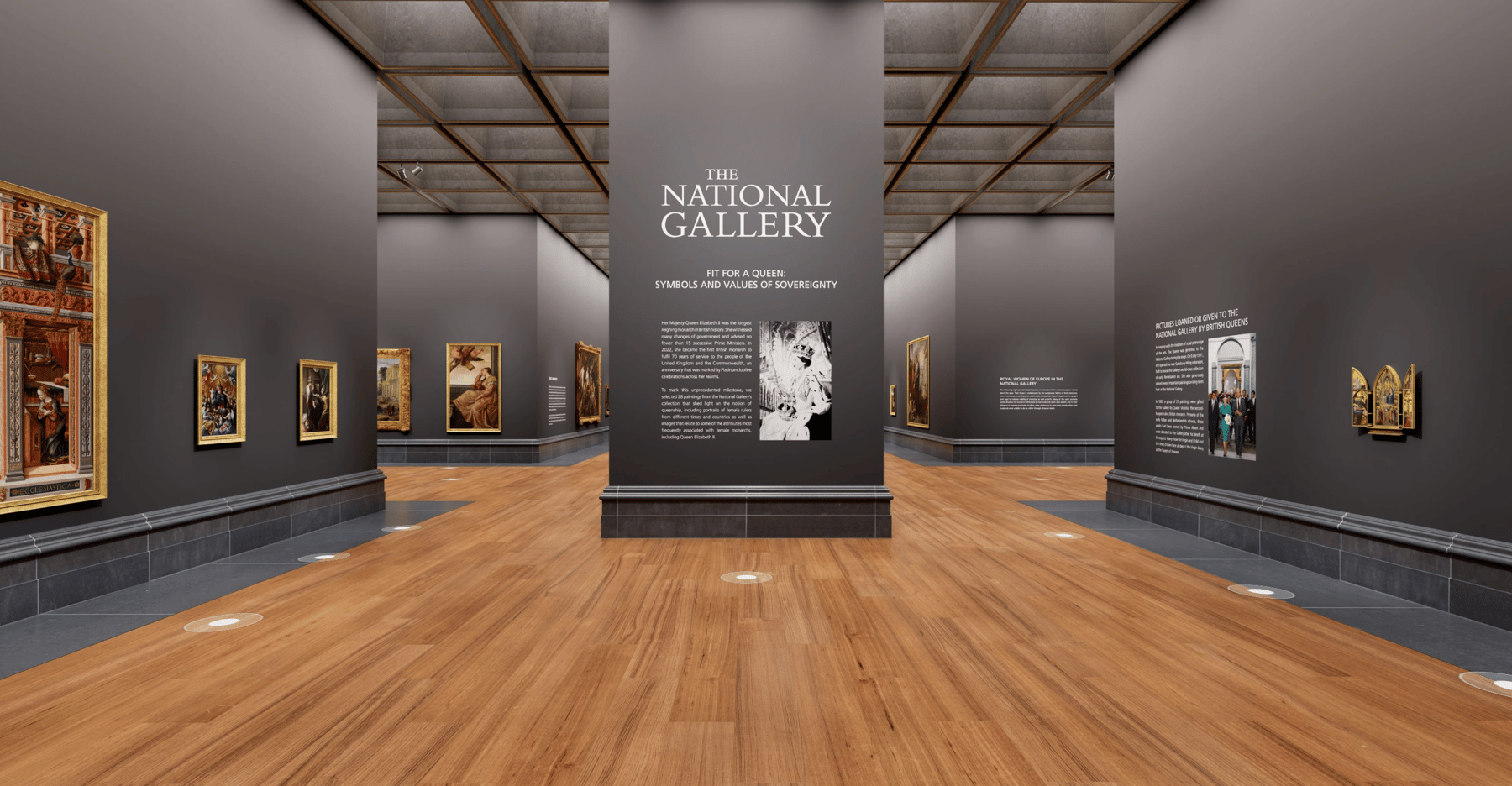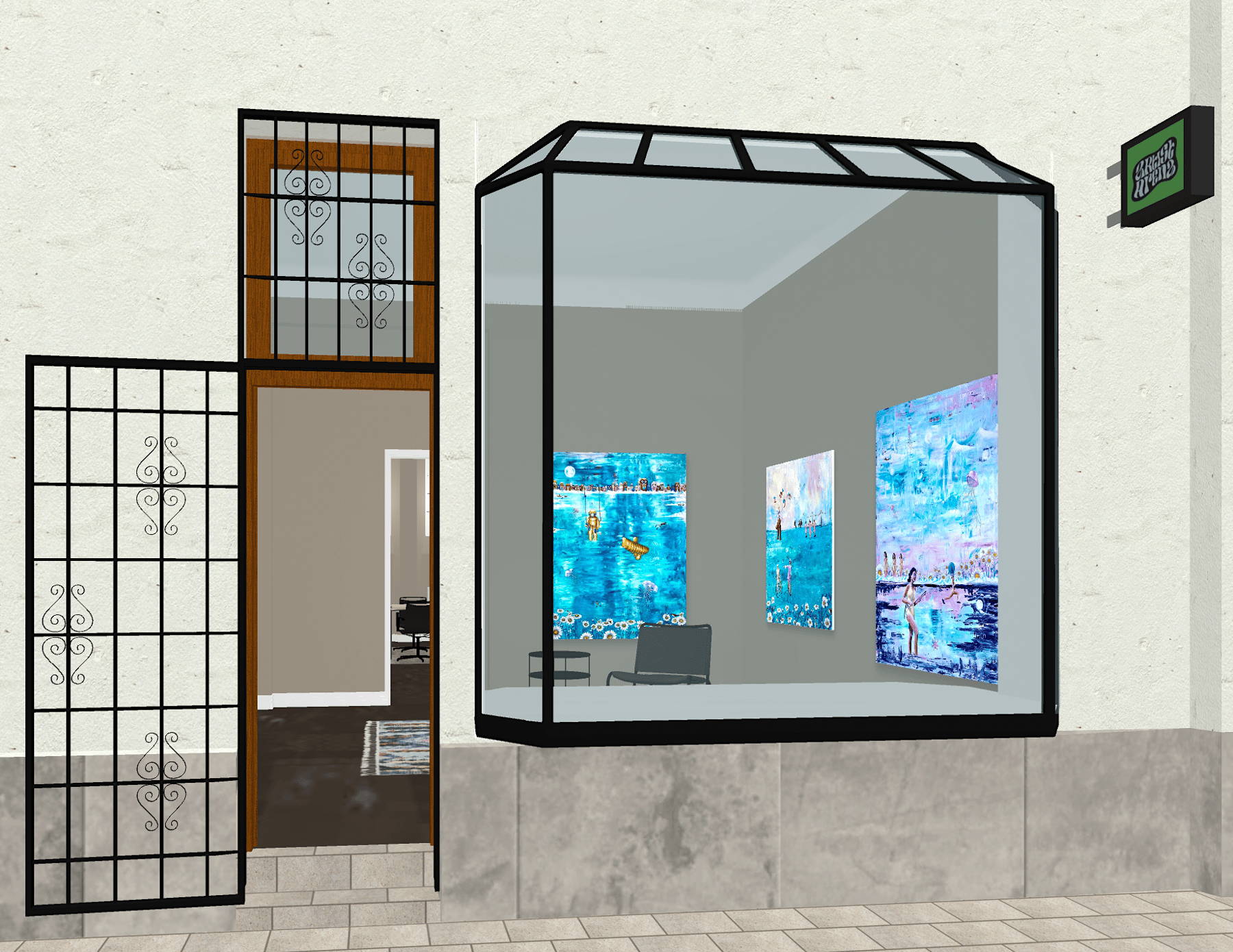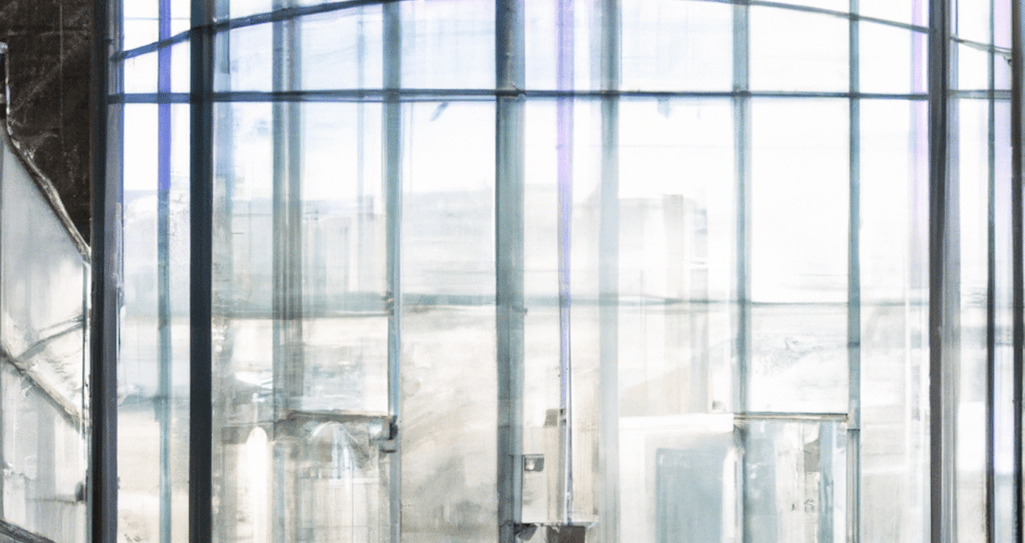The Resurgence of Virtual Art Galleries – A Paradigm Shift in the Art World

The Resurgence of Virtual Art Galleries – A Paradigm Shift in the Art World
As we enter the digital age, where almost every industry is evolving to adapt to technological advancement, the art industry is not left behind. An extraordinary new trend is taking the art world by storm: the rise of virtual art galleries. With this digital leap, the traditional walls of museums are gradually expanding into the limitless realm of the internet.
The first forays into virtual galleries emerged as a response to the COVID-19 pandemic, which restricted physical interaction and gatherings globally. Yet, what initially seemed to be a temporary adaptation has now grown into a thriving, innovative, and more accessible art scene, as artists, art enthusiasts, and investors have begun to acknowledge the limitless potential of virtual art galleries.
Virtual exhibition of the National Gallery London, courtesy of the National Gallery London
Democratizing Art Access
Virtual art galleries are democratizing art in an unprecedented manner. No longer do art lovers need to reside in metropolitan cities, to have access to world-class art; these pieces can be viewed from the comfort of one’s home, with just a smartphone or computer. This accessibility broadens the audience for galleries and museums, enabling them to reach a global audience and increase their impact.
Furthermore, it allows individuals who might feel overwhelmed by the traditional art world – with its perceived elitism and private events – a more comfortable entry point. The anonymity of viewing art online may offer a less intimidating environment for beginners, thus fostering a widened appreciation for art across a broader spectrum of society.
Bridging the Gap between Traditional and Digital Art
The shift to digital spaces also creates a bridge between traditional and digital art, bringing an elevated recognition and appreciation for digital art forms. With the advent of NFTs (Non-Fungible Tokens) and the increasing value of digital art, artists working in digital mediums have more opportunities to display and monetize their work.
Virtual exhibition based on an ongoing exhibition in Artist Arena Showroom with Krister Kern
Interactive Experience and Immersive Technology
Virtual art galleries often utilize immersive technologies such as Augmented Reality (AR) and Virtual Reality (VR), allowing users to ‘walk through’ a gallery from their living room. This immersive experience, when combined with interactive features like clickable artworks for more in-depth information, artist interviews, and behind-the-scenes footage, creates a uniquely engaging art-viewing experience. It adds an educational layer, enriching the viewer’s understanding and appreciation of the art.
The Environmental Angle
Virtual art galleries also offer an environmentally friendly alternative to traditional art exhibitions. They save on resources associated with physical exhibitions, such as lighting, construction materials and transportation for artworks and visitors. This sustainability aspect aligns with the growing consumer preference for businesses with sustainability as a natural part of their model.
The Future of Virtual Art Galleries
While the allure of standing in front of an original piece of artwork is undeniable and irreplaceable, the rise of virtual art galleries does not signal the end of physical galleries. Rather, they will likely co-exist, each with their unique benefits. Virtual galleries are a complement to their physical counterparts, a digital extension that makes art more accessible to the masses.
Undoubtedly, the adoption of virtual galleries has accelerated due to the pandemic, but their continued evolution and growing acceptance suggest that they are more than just a temporary trend. As technology continues to advance, we can expect virtual reality art experiences to become even more immersive, interactive and commonplace in the future.
The growth of virtual art galleries marks a significant shift in how art is shared and consumed, making it one of the most exciting developments in the art world today. It reflects the power of human creativity and adaptability, traits that are, after all, at the heart of art itself. The resurgence of virtual art galleries underlines that art, in its essence, always finds a way to reach and inspire its audience, transcending all barriers.






